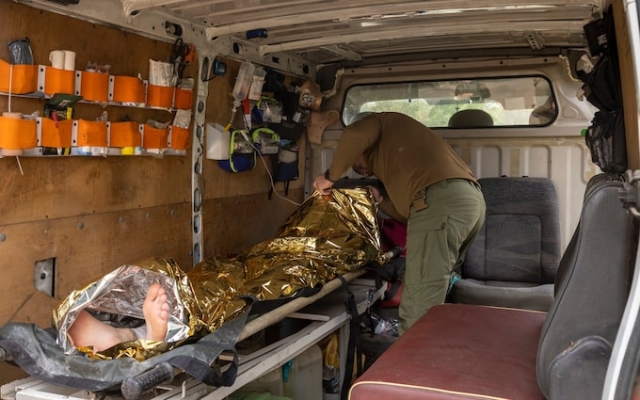 A wounded soldier with shrapnel wounds was taken to the stabilization point Photo: HEATHCLIFF O'MALLEY
A wounded soldier with shrapnel wounds was taken to the stabilization point Photo: HEATHCLIFF O'MALLEY
From the city military hospital, we change cars and leave the main road ahead. Ruslan, a burly and cheerful deputy commander of the medical brigade of the Airborne Forces, is responsible for us. In about half an hour we are already off-road. Climbing the potholes to a beautiful ridge in bright sunlight, we see in the distance the smoke rising from the hellish battle of Bakhmut. Closer to the front line is marked by a series of smaller puffs of smoke.
Our goal is a «point of stabilization». When a Ukrainian soldier is wounded at the front, the stretcher carries him, at great risk to himself, to a makeshift field ambulance at the nearest evacuation point.
The stabilization point she then drives up to is the closest place where most can be avoided shelling.
This point is only 11 miles away, but the journey takes 40 minutes over rough terrain. At night, it must be carried out in complete darkness to avoid attack. This leads to accidents.
It is out of the question, as in the case of a less barbaric enemy, to leave the wounded alone. If a building has a red cross painted on it, Russians regard it as a target.
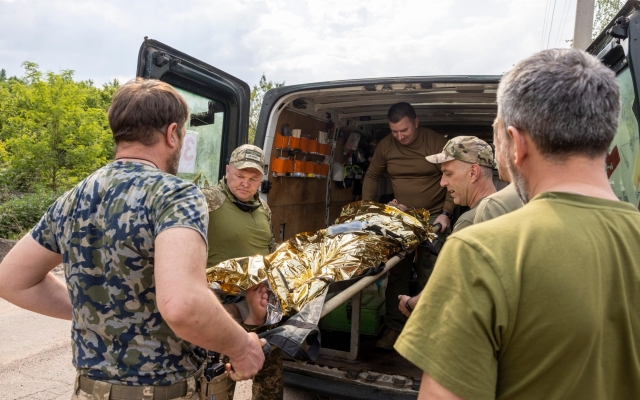 Used 4x4s are shipped from England by Mission Ukraine to be converted into field ambulances. The interior is brushed and lined with galvanized aluminium. Photo: HEATHCLIFF O'MALLEY
Used 4x4s are shipped from England by Mission Ukraine to be converted into field ambulances. The interior is brushed and lined with galvanized aluminium. Photo: HEATHCLIFF O'MALLEY
The stabilization point is a pretty ramshackle country house, well hidden and indistinguishable in a dusty alley. Without electricity, gas, clean water and sewerage. Energy comes from generators. After the victory, you can imagine this place as a charming country house of some city dweller. It now houses a stabilization unit, ten or so doctors, nurses, orderlies, paramedics and a cook.
While hurrying under its canopy (arrivals are advised not to stand outdoors due to the risk of drone attack), there is short-term absence of patients. Yana, a red-haired nurse, is relaxing with a biography of Winston Churchill in Ukrainian. She tells me she just got to Hitler's invasion of Poland.
Inside, we meet Miroslav, the head physician, and Victoria, a young anesthesiologist. On February 24 last year, when Vladimir Putin ordered the invasion of Ukraine, Miroslav was a doctor in Moscow. The next day, he went home and volunteered.
Stabilizing the wounded is important because the next 90 or so minutes — the journey to the hospital — can easily be fatal. Even in its current form, 60 percent of the wounded die from blood loss. The most common cause of injuries is fragments from the almost endless shelling of Russian artillery.
The unit's skills are soon put to the test. A message from the medical chat reports that a moderate injury is on his way. Twenty minutes later, a field ambulance pulls up in an alleyway and a stretcher is carried out. On it lies a wounded soldier, wrapped like a cherished gift in gold foil. This protects him from hypothermia, which can cause shock. As he passes me into the house, he waves wryly at me.
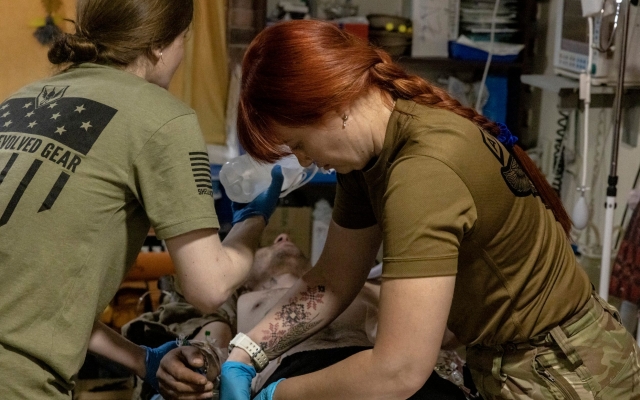 A team of six people get to work. at the point of stabilization. Photo: HEATHCLIFF O'MALLEY
A team of six people get to work. at the point of stabilization. Photo: HEATHCLIFF O'MALLEY
Inside, crammed into the cottage's tiny living room, a team of six gets to work with astonishing speed. Despite the man's protests, the nurse rips his T-shirt to get at his wounds. Shrapnel, probably from an anti-tank missile, hit him in the thigh, abdomen, buttocks and knee. I see a tattoo of a naked woman, smeared with blood, covering most of his chest. Soon his wounds are cleaned and bandaged. Painkillers are administered. Doctors pay special attention to the stomach, giving it medicine to stop possible internal bleeding. It looks like the team is confident that he will be fine.
However, he informs us that his comrade, who was next to him in battle, was killed by the same explosion. Such deaths, sometimes multiple, happen almost every day.
Within 20 minutes, the patient is ready to go on a 30-mile trip to the hospital. As he leaves, he complains about the damage done to him: “Who will buy me a new iPhone?”
When we briefly stand on the stone steps of the house, there is laughter and relief from a job well done, but when we return, Miroslav points to just vacated room. “Many young people die on this bed. Sometimes their mother, wife or girlfriend talks to them on the cell phone when they die. Physically and mentally it is hard here.”
Ruslan takes us back to his car and we drive down the valley. Two minutes later I realize I forgot my hat. Despite my protests, he swerves back to save this trivial and filthy item I managed to drop in the alley.
It takes 40 minutes to get to the stabilization point after the Battle of Bakhmut. Photo: HEATHCLIFF O'MALLEY
Our way back to the hospital passes through two abandoned villages, which the Russians have senselessly torn to pieces.
< p>Mission Ukraine allowed The Telegraph team to see this stabilization unit in action. This small British charity buys reliable used 4×4 vehicles from England and sends them to Ukraine to be converted at its own expense into field ambulances capable of transporting two patients. The insides are cleaned and lined with galvanized aluminum. Many such machines are needed — their useful life in war is on average only six weeks. Sometimes up to seven cars can wait at the evacuation point.
It was the last Mission Ukraine vehicle, the Mitsubishi Shogun, that took us to the military hospital. His driver, Rose Cecil, single-handedly brought him 2,619 miles from England. Last year, she said, she was approached for help by her niece, who was helping Ukrainian refugees in Dorset. Three days later, Rose set out on her first of her lonely marches east. This is her third. "The only blank bit is the return path" she says.
Rose is motivated in part by the memory of her brother Richard, who was killed reporting on the Rhodesian Bush War in 1978. Her mother, the late Marchioness of Salisbury, founded and ran Help Poland. The Foundation, itself driving truckloads of supplies to Poland after the communist regime imposed martial law there in 1981.
At the hospital, Ruslan and brigade commander Stepan present Rose with a plaque and regimental charter. badge to thank her for all that Mission Ukraine has done for them. According to him, he also wants to thank the UK. In return, Rose gives a bottle of Scotch whiskey, but Stepan explains that the hospital is dry. «Besides,» he says, «we want to keep it to celebrate the victory.»
There is one more ritual to perform before we leave. On the corridor floor are two flags of the Donetsk puppet republic created by Putin last year. We cannot refuse the invitation of doctors to put a stamp on them.











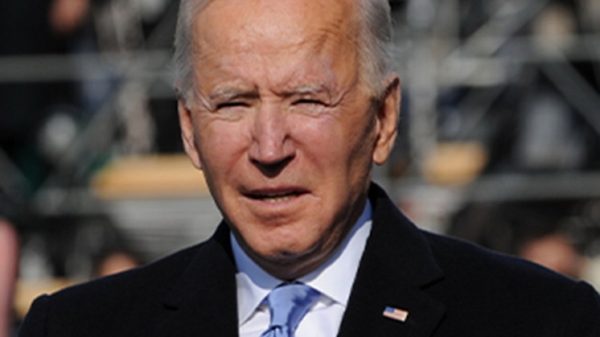
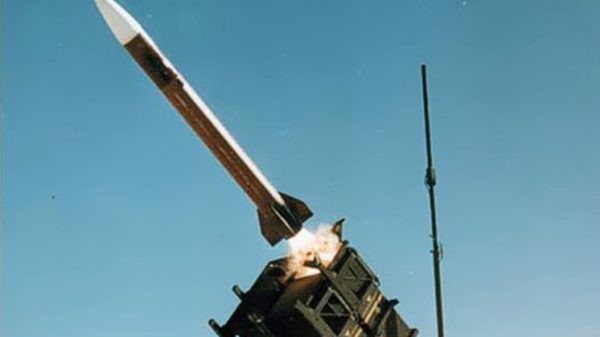




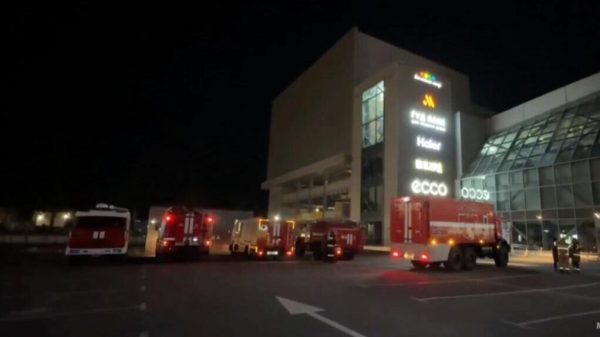
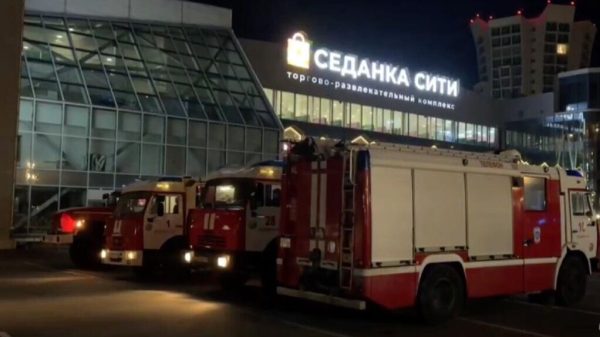
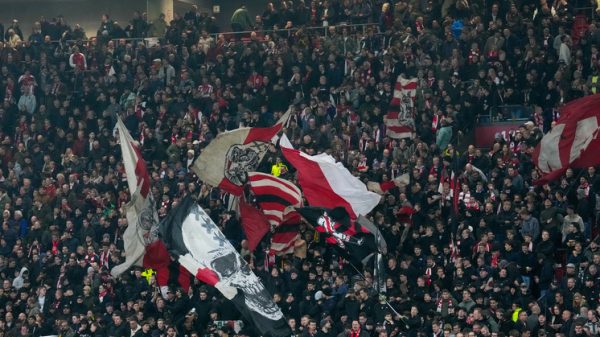
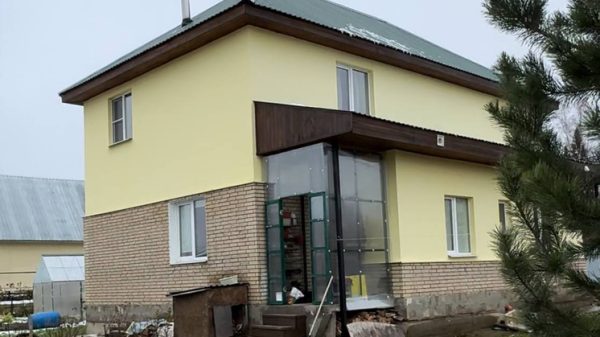

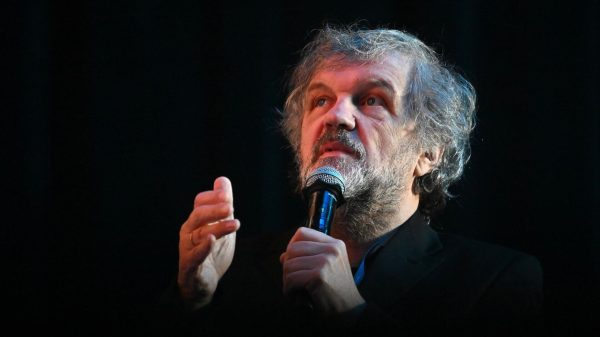
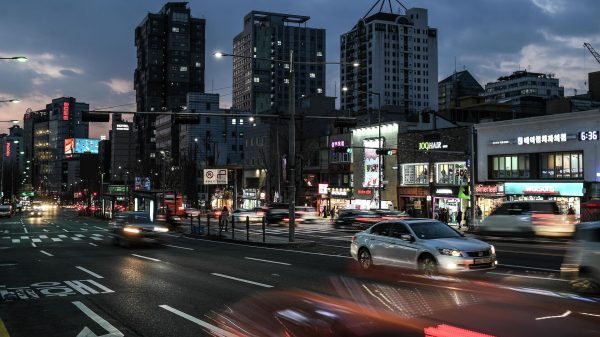





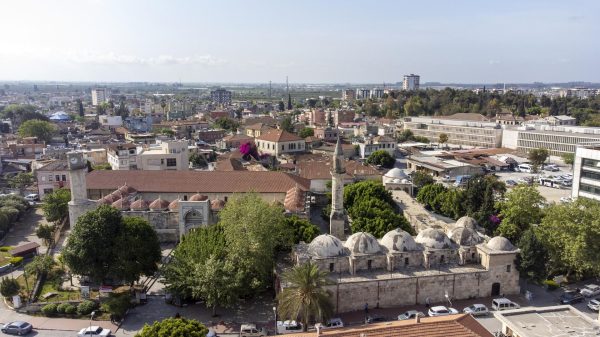

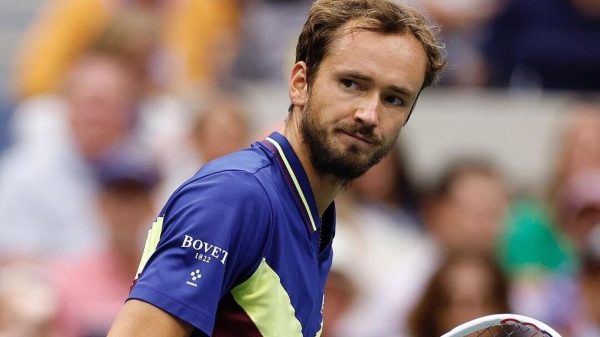




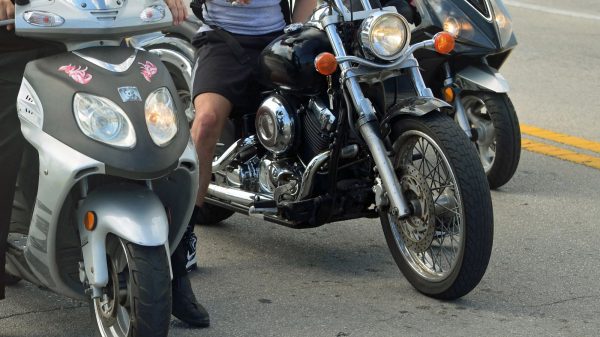























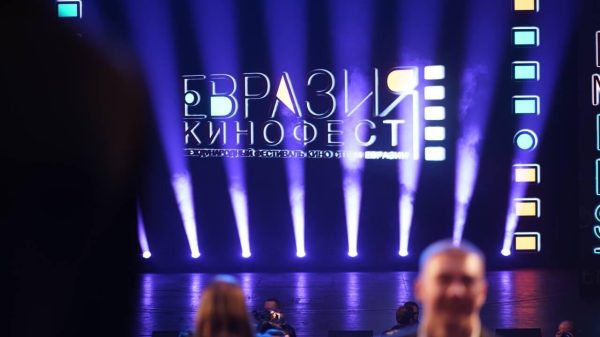
Свежие комментарии